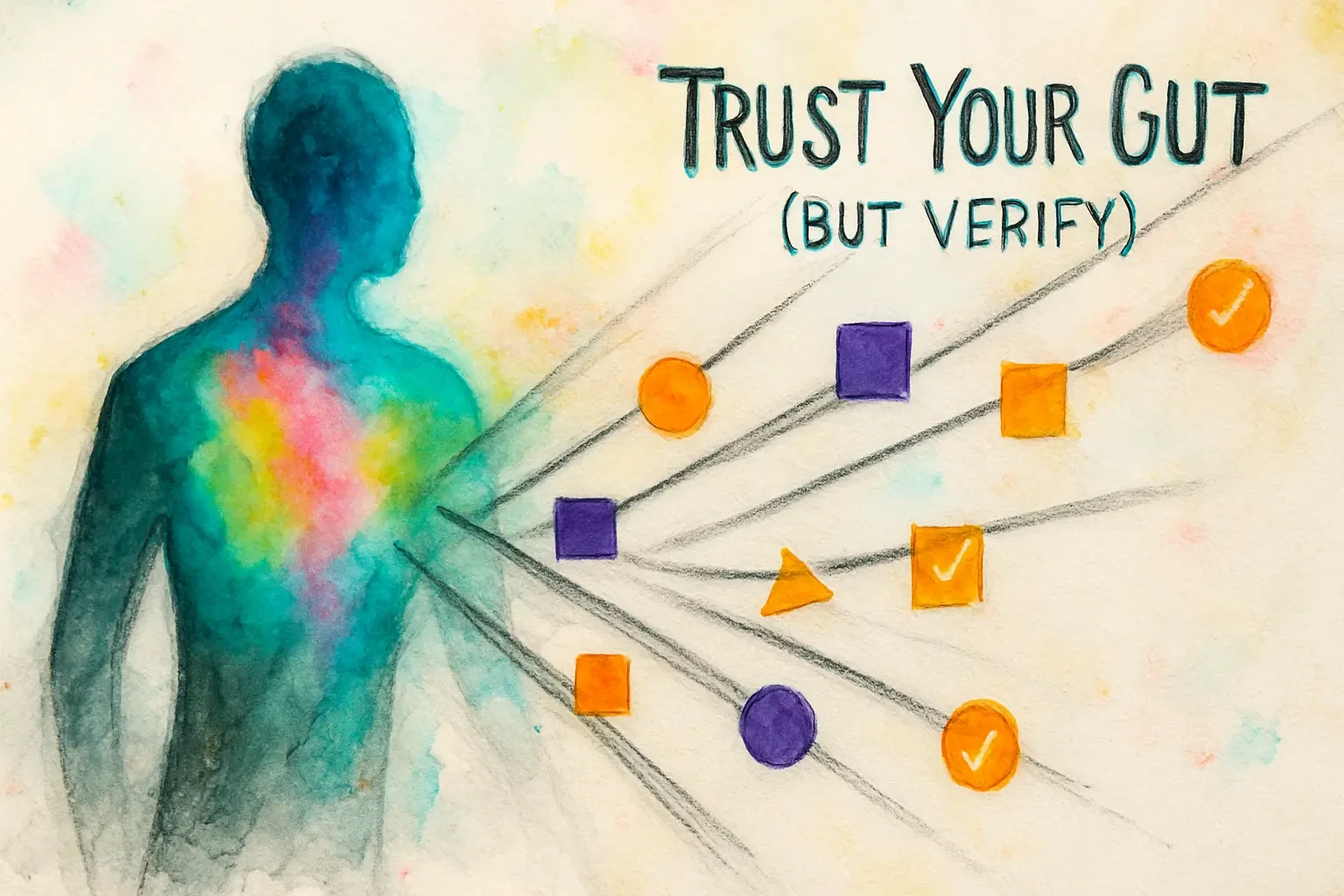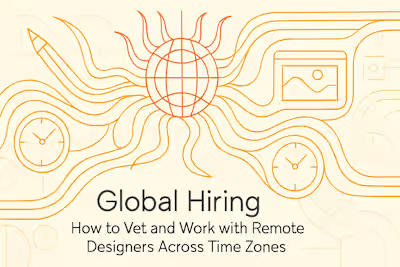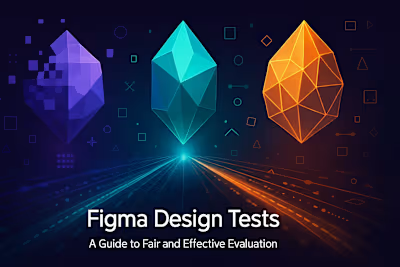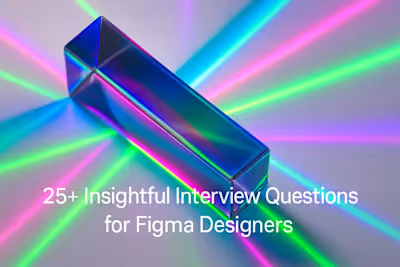Trust Your Gut (But Verify): Checking References & Reviews Before You Hire

Trust Your Gut (But Verify): Checking References & Reviews Before You Hire
Why Reference Checks Are Still Crucial in 2025
Verifying Skills and Experience
Assessing Soft Skills and Work Ethic
Uncovering Potential Red Flags
How to Conduct an Effective Reference Check
Who to Ask For as a Reference
Setting the Stage for an Honest Conversation
Key Questions to Ask a Designer's References
Questions About Their Work and Skills
Questions About Collaboration and Communication
The 'Million Dollar' Questions
Reading Between the Lines: How to Spot Red Flags
Vague or Generic Praise
Hesitation or Evasiveness
Damning with Faint Praise
Making Your Final Decision
References
Trust Your Gut (But Verify): Checking References & Reviews Before You Hire
Why Reference Checks Are Still Crucial in 2025
Verifying Skills and Experience
Assessing Soft Skills and Work Ethic
Uncovering Potential Red Flags
How to Conduct an Effective Reference Check
Who to Ask For as a Reference
Setting the Stage for an Honest Conversation
Key Questions to Ask a Designer's References
Questions About Their Work and Skills
Questions About Collaboration and Communication
The 'Million Dollar' Questions
Reading Between the Lines: How to Spot Red Flags
Vague or Generic Praise
Hesitation or Evasiveness
Damning with Faint Praise
Making Your Final Decision
References
Posted Jul 6, 2025
Don't skip the final step! Learn how to conduct effective reference checks for Figma designers to verify their skills, work ethic, and past performance.
0
2






